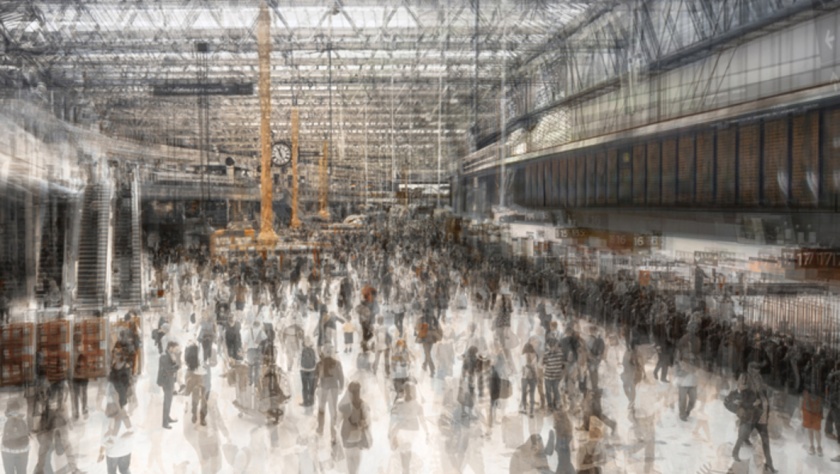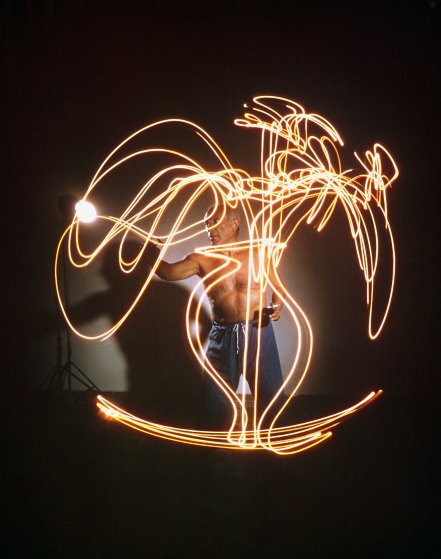For this photo object unit I chose to specialise in photography as object. Over the past four weeks I have investigated Still Life, Object and Body, Photography as an object and objects in time. Out of these four mini units I decide to specialise in photography as an object. I felt this subject related the most to my previous work as I come from an art and design background. Over the pass few weeks I have created a body of work relating all of the topics, the weekly workshops for each of the units I found really useful. This unit has given me the opportunity to work within different photographic environments to create work in a professional environment.
I have found this unit a good opportunity to get back into to my course after the summer break. By having such a short unit with a close deadline helped me get back into the swing of working. This project I felt had its positives and negatives, the project’s positives were it gave me a chance to familiarise myself with working in studios again and using the university’s equipment and softwhere. The downside of this project was, I didn’t feel the work I produced was to the best of my ability. I could have had more attechion to detail in my the development and making of my final collages. This project was not my strong point as I work more as a documentary and portrait style of photographer, however I am open to new ways of creating work.
Overall I am happy with the work I have produced for this unit, even though I do not feel it is the best of my abilities, I have put a lot of time had effort into this project to create the work I did. I am really looking forward to the next unit which is moving image. I have never worked with video before so I am looking forward to working with a new media. Learning from this photo object unit I am going to produce more test shoots and trails before I start to create my final piece. The eight week unit length instead of four should give me the opportunity to research more in depth and produce a higher quality final outcome.





